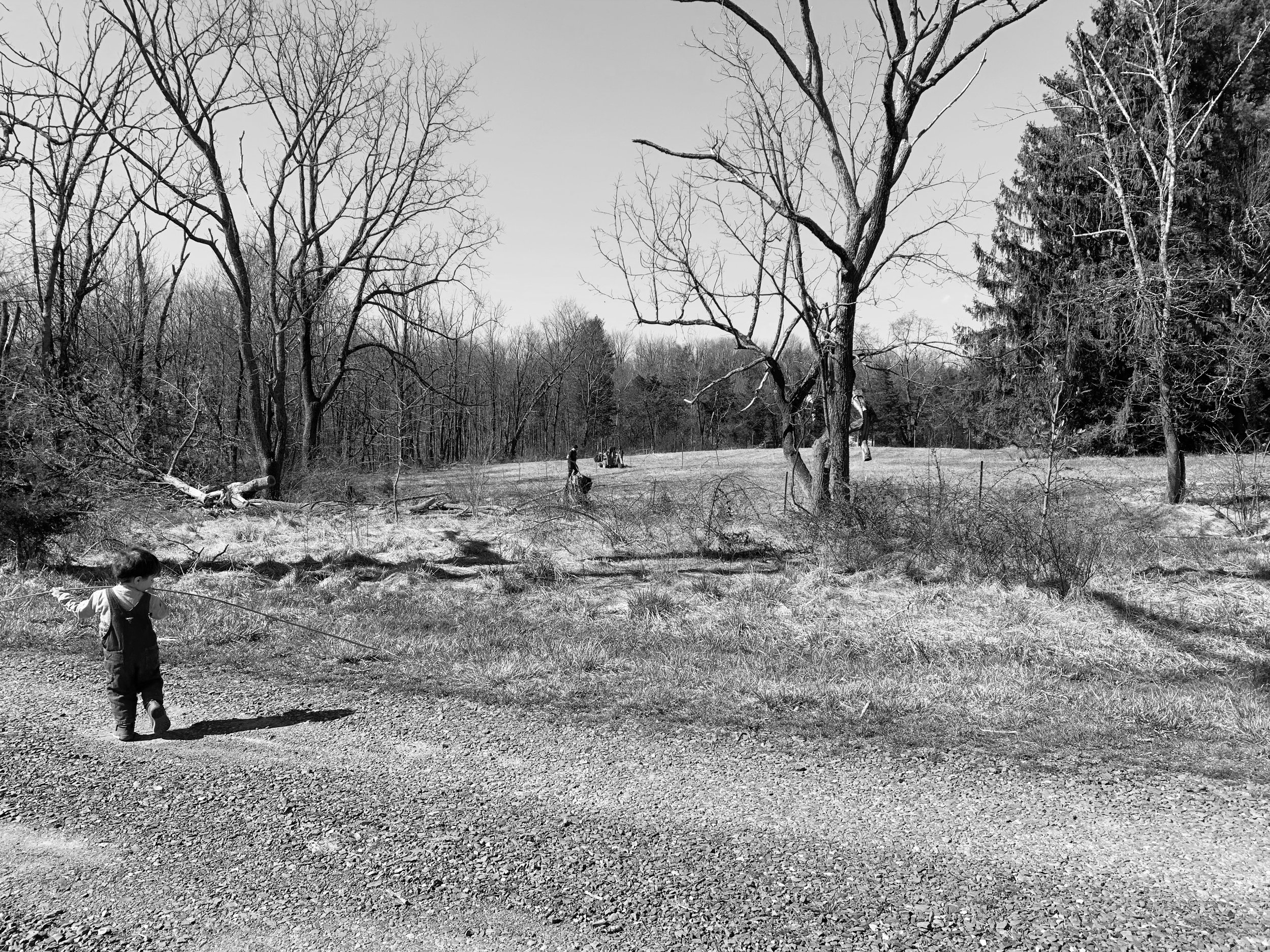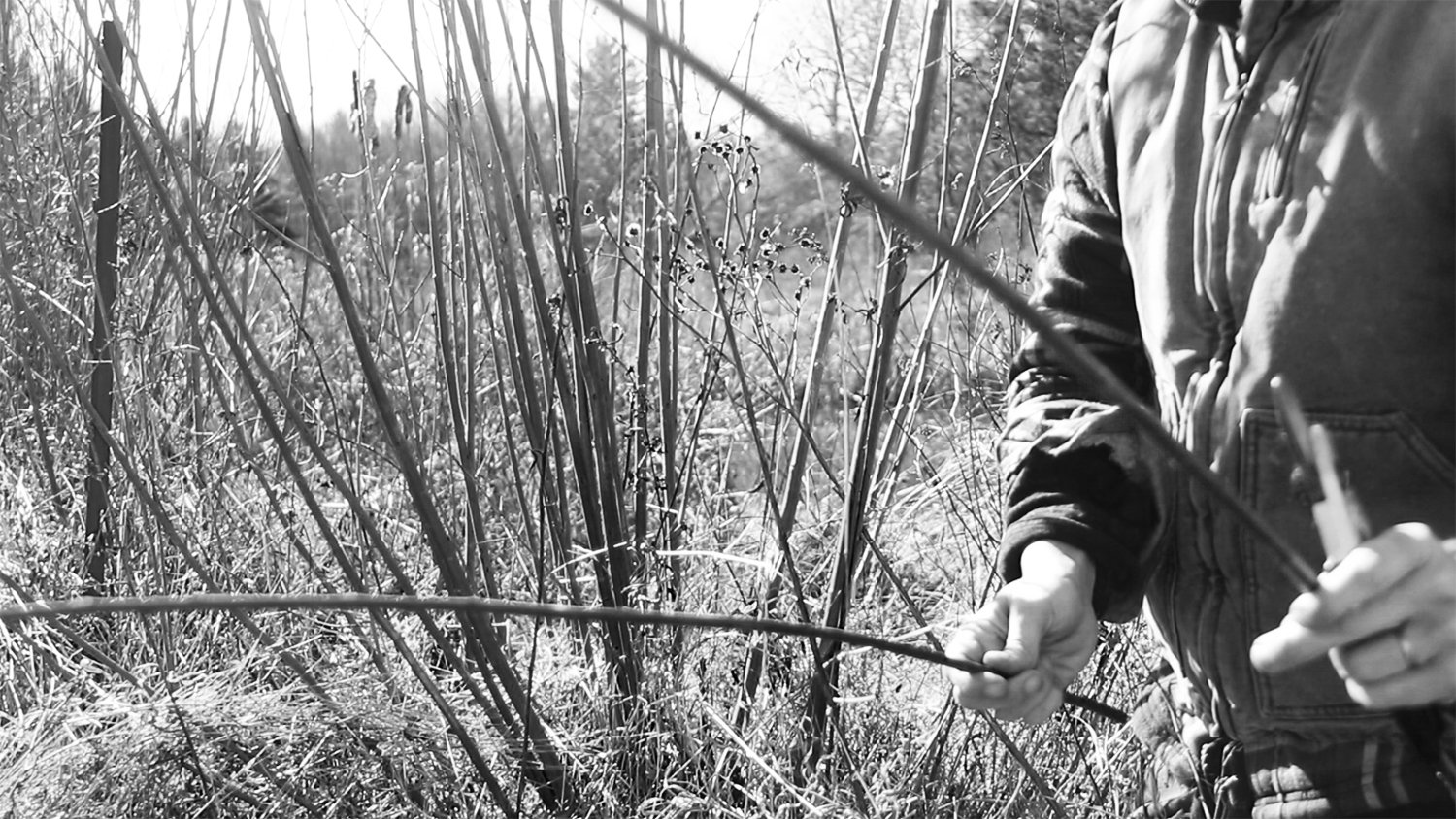
Fields Without Fences
Restoring Connection Between People & Planet
writings & media
Articles, photography, video, and writings sourced from our work in and beyond the field.
Fields Without Fences
Plant Medicine for People & Planet
On our farm, located within Delaware River Watershed, we cultivate fruits, nuts, medicinal herbs, and wild edibles within naturalized plantings that mimic the wild ecology. Through site specific design, we integrate approaches found in environmental restoration, permaculture design, and regenerative agriculture to create low input, self-renewing, agroecological systems that naturally restore health and integrity to our shared landscape.
Beyond our fields we bring these practices to our consulting and design work with farmers, landowners, and organizations. Inspired by a philosophy that recognizes all elements are integral to an interconnected planet, we approach landscapes as interdependent ecosystems, out of which the well being of all is reflected in the health and functionality of the whole. We bring this mindful holistic approach to everything we do, from the products we craft, to the programs and services we offer.















